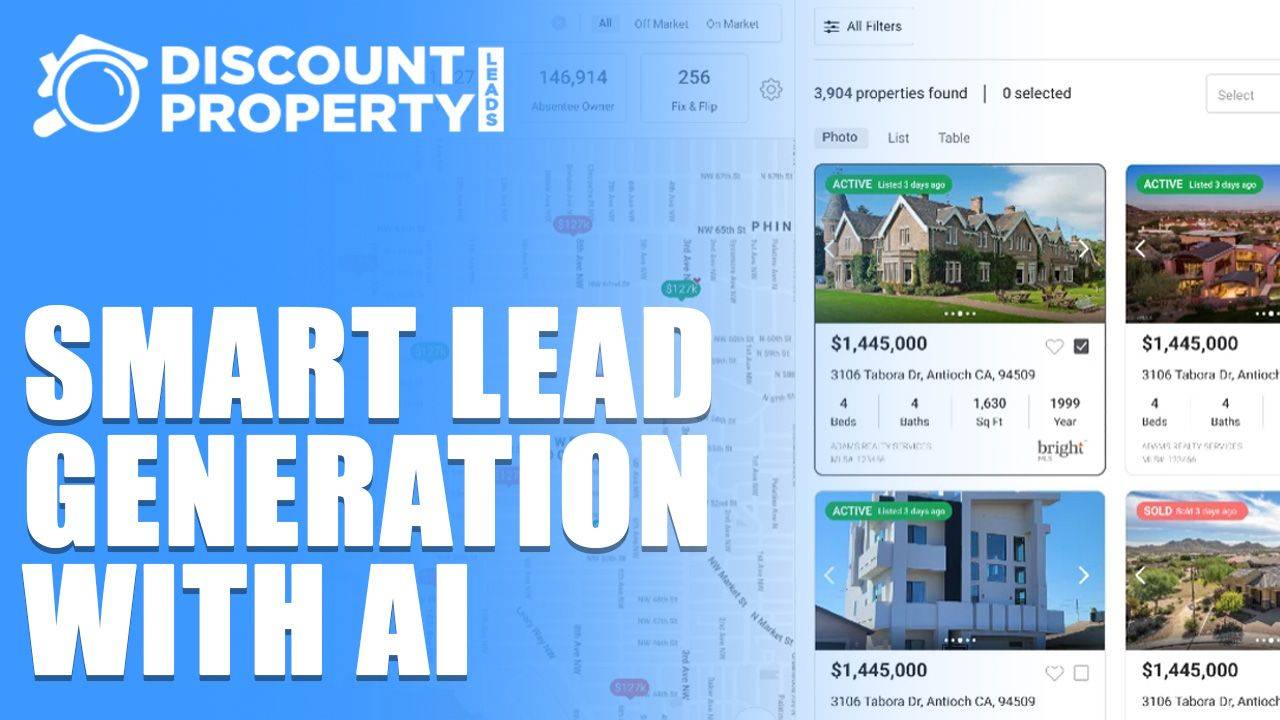Why Are Home Buyers Getting Older? Insights from NAR Data
Feb 13, 2025
Written by David Dodge
In recent years, the landscape of home buying has undergone significant changes, particularly in the demographics of buyers. According to the National Association of Realtors (NAR), the median age of home buyers has reached unprecedented levels, reflecting broader societal trends and economic factors that influence the housing market.
A Closer Look at the Numbers
The NAR reports that the median age of home buyers has surged to a record high of 56 years old, up from 49 in previous years. This increase is not just a statistic; it signifies a shift in the profile of individuals entering the housing market. The data also reveals that the median age of first-time buyers has risen to 38, compared to 35 in earlier reports. Meanwhile, the typical repeat buyer's age has climbed to 61, up from 58. These figures highlight a notable trend: older individuals are increasingly becoming the primary participants in the real estate market.
Understanding the Trends
Several factors contribute to this demographic shift. Firstly, economic conditions have changed dramatically over the past decade. Many younger individuals are facing challenges such as student loan debt, rising living costs, and a competitive job market, which can delay their entry into homeownership. As a result, first-time buyers are now older than in previous generations, reflecting a more cautious approach to purchasing a home.
Additionally, the aging population is playing a significant role in the increase of repeat buyers. As baby boomers reach retirement age, many are looking to downsize or relocate, contributing to the higher median age of repeat buyers. This demographic is often more financially stable, having built equity in their previous homes, which allows them to make informed decisions about their next purchase.
Implications for the Housing Market
The implications of these demographic shifts are profound. As the median age of buyers increases, the types of homes in demand may also change. Older buyers may prioritize accessibility features, single-story homes, or properties in communities that offer amenities suited for an aging population. This shift could lead to a transformation in the types of homes being built and marketed, as developers and real estate agents adapt to meet the needs of this evolving demographic.
Moreover, the increase in the age of first-time buyers suggests that the market may need to cater to a more diverse range of financial situations. Programs aimed at assisting younger buyers, such as down payment assistance or educational resources about homeownership, may become increasingly important as this demographic navigates the complexities of purchasing their first home.
Conclusion
The data from the NAR underscores a significant transformation in the demographics of home buyers. With the median age of buyers reaching record highs, it is essential for industry professionals to understand and adapt to these changes. By recognizing the unique needs and challenges faced by both first-time and repeat buyers, the real estate market can better serve a diverse and evolving clientele.
As we move forward, it will be crucial to monitor these trends and their impact on the housing market, ensuring that all buyers, regardless of age, have the opportunity to achieve their homeownership dreams.
Source: National Association of Realtors (NAR)









